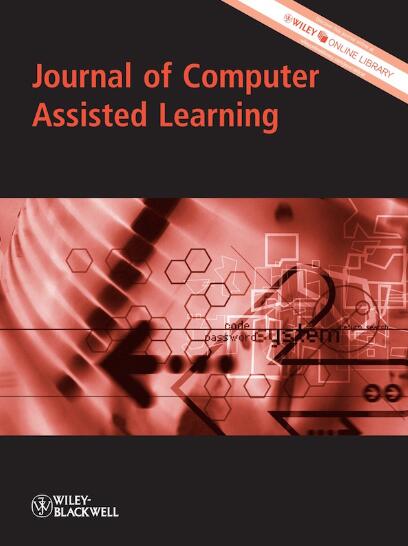Gamification for Wildfire Education and Safety Training: A Systematic Literature Review and Meta-Analysis
Abstract
Background
Wildfires have become increasingly frequent and destructive, highlighting the need for more effective public education on safety and preparedness. Gamification, the use of game design elements in non-game contexts, offers a promising strategy to enhance learner engagement and educational effectiveness compared to traditional methods.
Objective
This study aims to investigate the application of gamification in wildfire education and training, evaluating its effectiveness and highlighting key benefits and challenges.
Methods
A systematic literature review was conducted using the PRISMA 2020 framework. The review includes 38 articles selected from the Web of Science (WoS) and Scopus databases, which were published from 2007 to 2025, pertinent to the integration of gamification in wildfire simulation or education applications. This review examined gamification in wildfire education through planning, conducting and reporting stages, and included a meta-analysis to assess the effect size of immersive versus non-immersive applications. Eligible studies were quality assessed using predefined criteria and analysed to extract key characteristics. VOSviewer was used to conduct a keyword co-occurrence analysis, identifying major research themes. SPSS was used to calculate the effect size for the meta-analysis.
Results and Conclusions
The findings reveal that different gamification strategies distinctly influence user engagement, motivation, learning effectiveness and overall user experience within wildfire education contexts. Through keyword co-occurrence analysis, the study maps the intellectual landscape of the field, identifying key thematic clusters and emerging trends. Moreover, the meta-analysis provides empirical evidence of the impact of immersive gamification, showing a small but statistically significant effect in learning outcomes (Hedges' g = 0.18, p = 0.04). This review identifies five critical research gaps: the underrepresentation of safety behaviour outcomes, limited theoretical integration, lack of community-level and prevention-oriented educational interventions and insufficient attention to implementation barriers. These insights offer a targeted research agenda and practical guidance for advancing the design and deployment of gamified wildfire education initiatives. The novelty and contribution of this study lie in the comprehensive synthesis on the functional roles of gamification in shaping learning outcomes in the wildfire education context.


 求助内容:
求助内容: 应助结果提醒方式:
应助结果提醒方式:


